Home>Dining>Tableware>Salt And Pepper Shakers: Which Is Which?
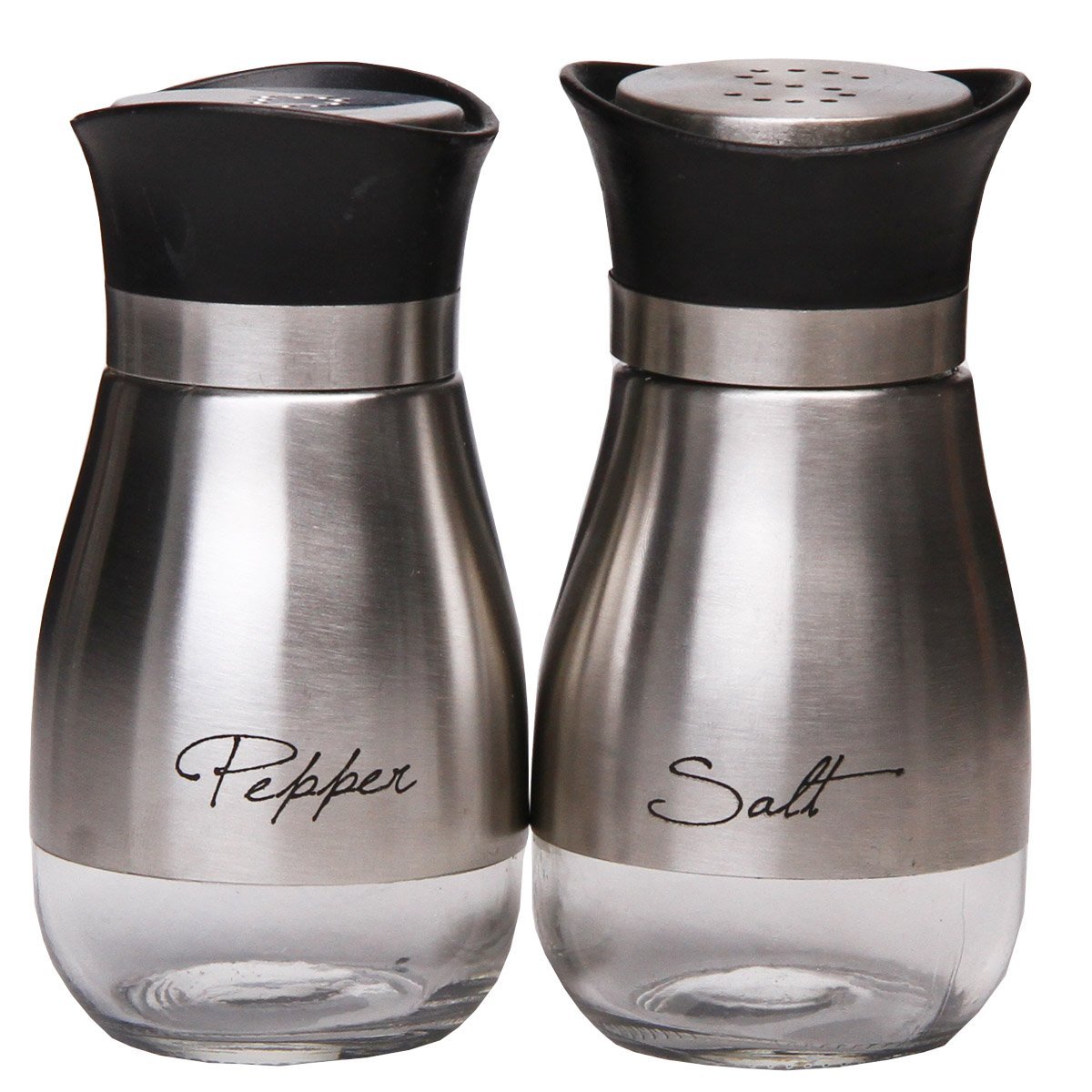

Tableware
Salt And Pepper Shakers: Which Is Which?
Modified: February 24, 2024
Discover the difference between salt and pepper shakers with our stylish tableware. Find the perfect set to add flavor and style to your dining experience.
(Many of the links in this article redirect to a specific reviewed product. Your purchase of these products through affiliate links helps to generate commission for Storables.com, at no extra cost. Learn more)
Introduction
Salt and pepper shakers are integral components of every dining table and kitchen. They serve the essential function of dispensing salt and pepper, which are arguably the most commonly used condiments in cooking and seasoning meals. While most people are familiar with the concept of salt and pepper shakers, they may not be aware of the distinct characteristics that differentiate them.
In this article, we will explore the history, design differences, cultural variations, and functionality of salt and pepper shakers. We will also provide tips on how to easily distinguish between the two. So, let’s delve into the world of salt and pepper shakers and unravel the mystery behind these humble yet essential tableware items.
Key Takeaways:
- Salt and pepper shakers are more than just functional tools; they are iconic symbols of flavor and culture, adding charm and personality to dining experiences while enhancing the flavors of meals.
- Understanding the distinct characteristics and cultural variations of salt and pepper shakers ensures hassle-free seasoning and a deeper appreciation for the rich tapestry of food cultures worldwide.
Salt and Pepper Shakers: What are They?
Salt and pepper shakers are small containers, typically made of glass, ceramic, or metal, that are specifically designed to hold and dispense salt and pepper. They usually come in a pair, with one shaker designated for salt and the other for pepper. These shakers are an important part of tableware, commonly found on dining tables in homes, restaurants, and cafes.
The purpose of salt and pepper shakers is to provide a convenient and controlled way to season food with salt and pepper. They are designed with small holes or perforations on the top, allowing for easy and regulated dispensing of the condiments. This ensures that the right amount of salt or pepper can be added to enhance the flavor of dishes according to individual taste preferences.
Salt and pepper shakers also play a decorative role, adding aesthetic appeal to the table setting. They come in various designs, shapes, and colors, allowing for personalization and complementing the overall theme or style of the dining area.
It is important to note that salt and pepper shakers are not the same as salt and pepper grinders. While shakers dispense pre-ground salt and pepper, grinders have built-in mechanisms that allow for grinding and dispensing fresh salt and pepper on demand.
Now that we have a basic understanding of what salt and pepper shakers are, let us delve into their intriguing history to appreciate their significance even more.
History of Salt and Pepper Shakers
The use of salt as a seasoning is believed to date back to ancient times, with evidence of salt mining and trading dating back thousands of years. However, it wasn’t until later that salt shakers, as we know them today, came into existence.
The first known salt shakers were developed in the 18th century in England. These early salt shakers were made of materials like wood, porcelain, or silver, and often had small holes on the top for sprinkling salt onto food. However, pepper was not commonly used in tandem with salt during this period, so separate pepper shakers did not exist.
It wasn’t until the late 19th century that the popularity of pepper shakers grew. This coincided with the increasing use of black pepper as a common culinary spice. Pepper shakers were designed similarly to salt shakers, but with larger holes to accommodate the coarser texture of ground pepper.
By the early 20th century, salt and pepper shakers became a staple on dining tables worldwide. They were manufactured in various shapes and materials, ranging from simple cylindrical designs to more intricate and decorative forms. The adoption of glass as a common material for salt and pepper shakers also gained popularity during this time.
Over the years, salt and pepper shakers have evolved in design and functionality. In the mid-20th century, novelty salt and pepper shakers became popular collectibles, with shapes and themes ranging from animals to vegetables to famous landmarks. Some shakers even incorporated mechanisms to grind salt and pepper directly within the shaker itself.
Today, salt and pepper shakers continue to be an essential part of tableware, available in a wide range of styles to suit various tastes and preferences. They have become timeless symbols of culinary tradition and are found in homes, restaurants, and cafes around the world.
Now that we have explored the history of salt and pepper shakers, let us delve into the distinct characteristics that differentiate between the two.
The Distinction Between Salt and Pepper Shakers
Although salt and pepper shakers may appear similar at a glance, there are several key characteristics that distinguish them from one another.
1. Perforation Size: Salt shakers usually have more and larger holes compared to pepper shakers. This is because salt grains are finer and flow more easily through the holes. Pepper shakers, on the other hand, have fewer and smaller holes to accommodate the larger and coarser grains of pepper.
2. Labeling: To avoid confusion, salt and pepper shakers often have distinct labeling or symbols to indicate their contents. Many salt shakers have the letter “S” or the word “Salt” imprinted on the top or sides, while pepper shakers may have a “P” or the word “Pepper.” Some shakers also use color-coded lids, with white or clear for salt and black for pepper.
3. Design Details: While not always the case, salt and pepper shakers may feature subtle design details that help differentiate them. For example, salt shakers may have a slightly wider or more rounded shape, whereas pepper shakers may feature a more slender or tapered design. These variations provide visual cues to easily identify the purpose of each shaker.
4. Use of Spices: Salt and pepper shakers are typically used to dispense salt and pepper exclusively. However, it is essential to note that some shakers may have interchangeable tops or multiple compartments, allowing for the dispensing of other spices or seasonings. In such cases, labeling or indicators are crucial to differentiate between the contents.
5. Taste and Smell: The most definitive way to distinguish between salt and pepper shakers is through their taste and smell. Salt has a distinct salinity and enhances the taste of food, while pepper carries its characteristic pungent aroma and adds a mild heat to dishes. By sampling a small amount, one can easily identify the contents of each shaker.
Understanding these distinctions between salt and pepper shakers helps ensure their proper usage and prevents any unintended mixing of spices. Now that we have explored how to identify salt and pepper shakers, let us delve into the common design differences between the two.
Common Design Differences
While the overall function of salt and pepper shakers remains the same, there are several design differences that help users identify which shaker is meant for salt and which is meant for pepper.
1. Hole Configuration: One of the most noticeable design differences is the arrangement of holes on the top of the shaker. Salt shakers typically have multiple, larger holes, allowing for a generous amount of salt to be dispensed at once. In contrast, pepper shakers usually have fewer, smaller holes to control the flow of the coarser pepper particles.
2. Material and Color: Salt and pepper shakers are often made of different materials or have distinct colors to visually separate them. Salt shakers commonly have a white or clear appearance, while pepper shakers are often black or have a darker hue. This color difference aids in quick identification on the dining table.
3. Shape and Size: Another design difference lies in the shape and size of the shakers. Salt shakers are often designed with a wider, more rounded shape to accommodate the fine texture of salt. Pepper shakers, on the other hand, may have a more slender or tapered design to suit the coarser texture of ground pepper.
4. Texture and Grip: The texture of salt and pepper shakers can also differ, providing tactile cues to differentiate between the two. Salt shakers may have a smoother or matte finish, ensuring a better grip while dispensing salt. Pepper shakers, on the other hand, may have a slightly rougher or textured surface, aiding in holding and shaking the shaker when using pepper.
5. Labeling: Many salt and pepper shakers feature labels or symbols to clearly indicate their contents. Salt shakers often have the letter “S” or the word “Salt” imprinted or engraved on them, while pepper shakers may display a “P” or the word “Pepper.” These labeling cues help prevent any confusion during culinary preparations and at the dining table.
It is important to note that while these design differences are common, they are not universal. Individual shakers may vary in their design, and some may not adhere to these established conventions. Therefore, it is always recommended to check the labeling or content before use to ensure the intended spice is being dispensed.
Now that we have explored the design differences between salt and pepper shakers, let’s take a look at the cultural variations in these essential tableware items.
To distinguish between salt and pepper shakers, look for the number of holes on the top – typically, shakers with fewer holes are for salt, while those with more holes are for pepper.
Cultural Variations in Salt and Pepper Shakers
Salt and pepper shakers have become ubiquitous items on dining tables worldwide, but there are intriguing cultural variations in their design and usage. These variations reflect the diverse culinary traditions and aesthetic preferences found across different cultures.
In some cultures, salt and pepper shakers may have distinct shapes or symbols that reflect local traditions or beliefs. For example, in Japanese culture, you may find salt and pepper shakers in the shape of traditional ceremonial tea containers, known as “chawan.” These shakers not only serve their functional purpose but also add a touch of cultural significance to the dining experience.
Different cultures also have varying preferences for the size and style of salt and pepper shakers. In some regions, larger salt and pepper shakers are favored to accommodate frequent and generous use of these condiments. In contrast, other cultures may prefer smaller, more delicate shakers that blend seamlessly with the overall table setting.
While the majority of salt and pepper shakers are made of ceramic, glass, or metal, certain cultures may use alternative materials that are unique to their heritage. For example, in parts of Africa, gourds or wooden vessels may be used as salt and pepper shakers, reflecting the traditional craftsmanship of the region.
Additionally, cultural variations can be seen in the spices used in salt and pepper shakers. In some countries, it is common to find unique spice blends or herbs mixed with salt or pepper, adding layers of flavor to dishes. These variations demonstrate the diversity of tastes and culinary traditions that have influenced the design and use of salt and pepper shakers.
Furthermore, cultural practices around table etiquettes may influence the placement and usage of salt and pepper shakers. In some cultures, salt and pepper shakers are placed at individual settings, allowing diners to season their food according to personal preferences. In contrast, other cultures may have communal shakers placed in the center of the table, emphasizing a shared culinary experience.
By understanding and appreciating these cultural variations, we gain a deeper appreciation for the role that salt and pepper shakers play in different culinary traditions. As we continue to explore the functionality of salt and pepper shakers, let’s uncover the practical aspects of these essential tableware items.
The Functionality of Salt and Pepper Shakers
Salt and pepper shakers are not only decorative items on the dining table, but they also serve a crucial function in the culinary world. Their primary purpose is to facilitate the controlled and convenient dispensing of salt and pepper, two of the most commonly used condiments in cooking and seasoning.
1. Portion Control: Salt and pepper shakers provide an easy way to measure and control the amount of seasoning added to dishes. The small holes or perforations on the top of the shakers allow for regulated dispensing, ensuring that just the right amount of salt or pepper is added. This helps maintain the desired flavor balance without overwhelming the taste buds.
2. Ease of Use: The design of salt and pepper shakers makes them user-friendly and accessible to everyone. The size and shape of the shakers fit comfortably in the hand, allowing for easy gripping and shaking. The holes on the top are strategically placed, ensuring a smooth flow of the condiments without clogging or spilling.
3. Convenience: Salt and pepper shakers add convenience to meal preparations and dining experiences. They are easily accessible on the dining table, allowing individuals to season their food according to their own preferences. This eliminates the need for constant passing around of salt and pepper containers or individually grinding spices.
4. Hygiene and Preservation: Salt and pepper shakers help maintain the hygiene and freshness of the condiments. By using shakers, the chance of contamination from dirty hands or environmental factors is minimized. Moreover, the shakers protect the salt and pepper from moisture, ensuring their longevity and preventing clumping.
5. Aesthetic Appeal: In addition to their functional role, salt and pepper shakers add aesthetic value to the dining experience. Their design, materials, and colors can enhance the overall visual appeal of the table setting, complementing the presentation of food and creating an inviting atmosphere.
6. Versatility: While salt and pepper are the primary seasonings used with shakers, these versatile tools can also be used to dispense other spices or seasonings. Some shakers have interchangeable tops or multiple compartments, allowing for the convenient dispensing of a variety of culinary additives.
Overall, salt and pepper shakers play a vital role in enhancing the flavors of dishes and giving individuals the ability to customize their meals to their personal preferences. Their functionality, convenience, and aesthetic appeal make them indispensable tools in the kitchen and at the dining table.
As we continue our exploration of salt and pepper shakers, let us uncover some tips for easily distinguishing between the two.
Tips for Differentiating Between Salt and Pepper Shakers
While salt and pepper shakers may look similar, there are several tips and tricks to help easily differentiate between the two:
1. Check the Labeling: Many salt and pepper shakers have clear labeling or symbols indicating their contents. Look for imprinted letters such as “S” for salt and “P” for pepper, or words like “Salt” and “Pepper” on the shakers’ top or sides.
2. Observe the Hole Configuration: Salt shakers typically have more and larger holes, allowing for a greater amount of salt to be dispensed at once. Pepper shakers, on the other hand, have fewer and smaller holes to accommodate the coarser texture of ground pepper.
3. Consider the Material and Color: Salt and pepper shakers often have distinct materials or colors to visually differentiate them. Salt shakers commonly have a white or clear appearance, while pepper shakers are often black or have a darker hue, providing a visual cue for their contents.
4. Pay Attention to Design Details: Salt and pepper shakers may have subtle design differences that can help distinguish them. Salt shakers may have a slightly wider or more rounded shape, while pepper shakers may feature a more slender design. These variations can provide visual clues to identify the purpose of each shaker.
5. Consider the Texture and Grip: Take note of the texture of the shakers. Salt shakers tend to have a smoother or matte finish, ensuring a better grip when dispensing salt. Pepper shakers may have a slightly rougher or textured surface, aiding in holding and shaking the shaker when using pepper.
6. Use Your Senses: If all else fails, you can rely on your senses. Take a small sample of the contents and taste or smell it to differentiate between salt and pepper. Salt will have a distinct salinity, while pepper will carry its characteristic pungent aroma.
Remember, while these tips are generally effective, there may be variations in the design of salt and pepper shakers. It is always a good idea to double-check the labeling or content before using them to ensure you are adding the correct seasoning.
By following these tips, you can easily identify salt and pepper shakers, allowing for hassle-free seasoning and a more enjoyable dining experience.
With a deeper understanding of salt and pepper shakers and how to differentiate between them, let’s conclude our exploration.
Conclusion
Salt and pepper shakers are more than just functional kitchen tools; they are iconic tableware items that have stood the test of time. These humble yet essential components enhance the flavors of our meals, allowing us to customize our food according to our tastes and preferences.
Throughout history, salt and pepper shakers have evolved in design and functionality. From their early origins in the 18th century to the variety of styles and materials available today, they have become an integral part of dining culture worldwide. Whether they are sleek and modern, ornate and decorative, or whimsical and fun, salt and pepper shakers add a touch of charm and personality to our dining experiences.
Understanding the distinctions between salt and pepper shakers, from the size and shape of the perforations to the labeling and design details, ensures that we can easily identify the appropriate shaker for our seasoning needs. These small yet significant differences prevent any mix-ups and guarantee that the flavors of our dishes remain balanced and delightful.
Furthermore, we must appreciate the cultural variations in salt and pepper shakers, reflecting the diverse culinary traditions and aesthetic preferences across different societies. These variations remind us of the rich tapestry of food cultures worldwide and the importance of sharing and celebrating our unique culinary heritage.
Lastly, the functionality of salt and pepper shakers cannot be overlooked. They offer portion control, ease of use, convenience, hygiene, and aesthetic appeal, all contributing to a seamless dining experience. These simple tools allow us to add the perfect touch of seasoning to our meals and elevate our culinary creations.
So, the next time you reach for the salt and pepper shakers on your dining table, take a moment to appreciate their history, design, and cultural significance. Allow them to inspire your culinary exploration and add a sprinkle of flavor to your meals.
In conclusion, salt and pepper shakers are not just tableware items; they are symbols of flavor, culture, and camaraderie around the dining table. Embrace the art of seasoning and let salt and pepper shakers bring joy and excitement to your culinary journey.
Frequently Asked Questions about Salt And Pepper Shakers: Which Is Which?
Was this page helpful?
At Storables.com, we guarantee accurate and reliable information. Our content, validated by Expert Board Contributors, is crafted following stringent Editorial Policies. We're committed to providing you with well-researched, expert-backed insights for all your informational needs.
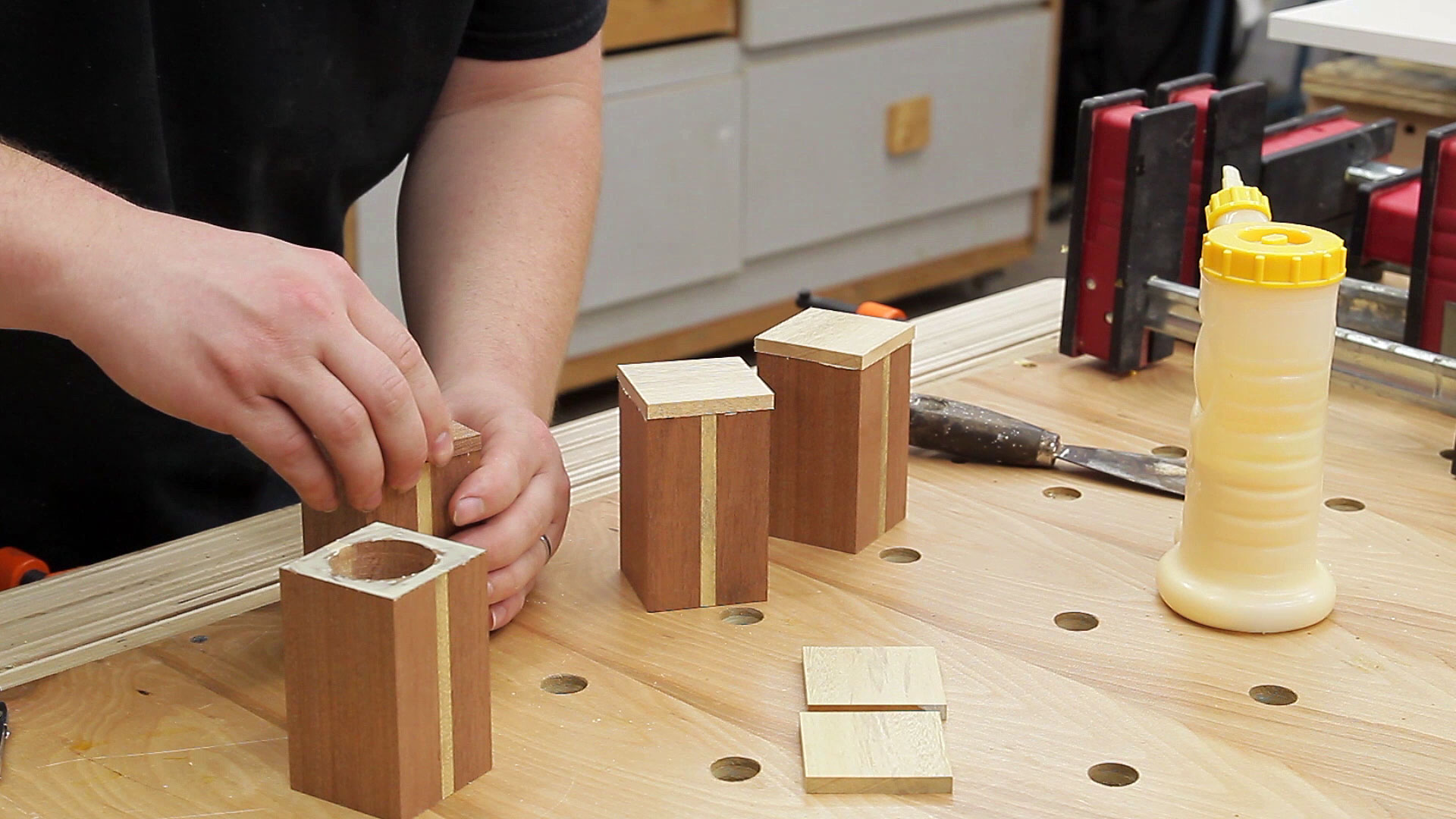
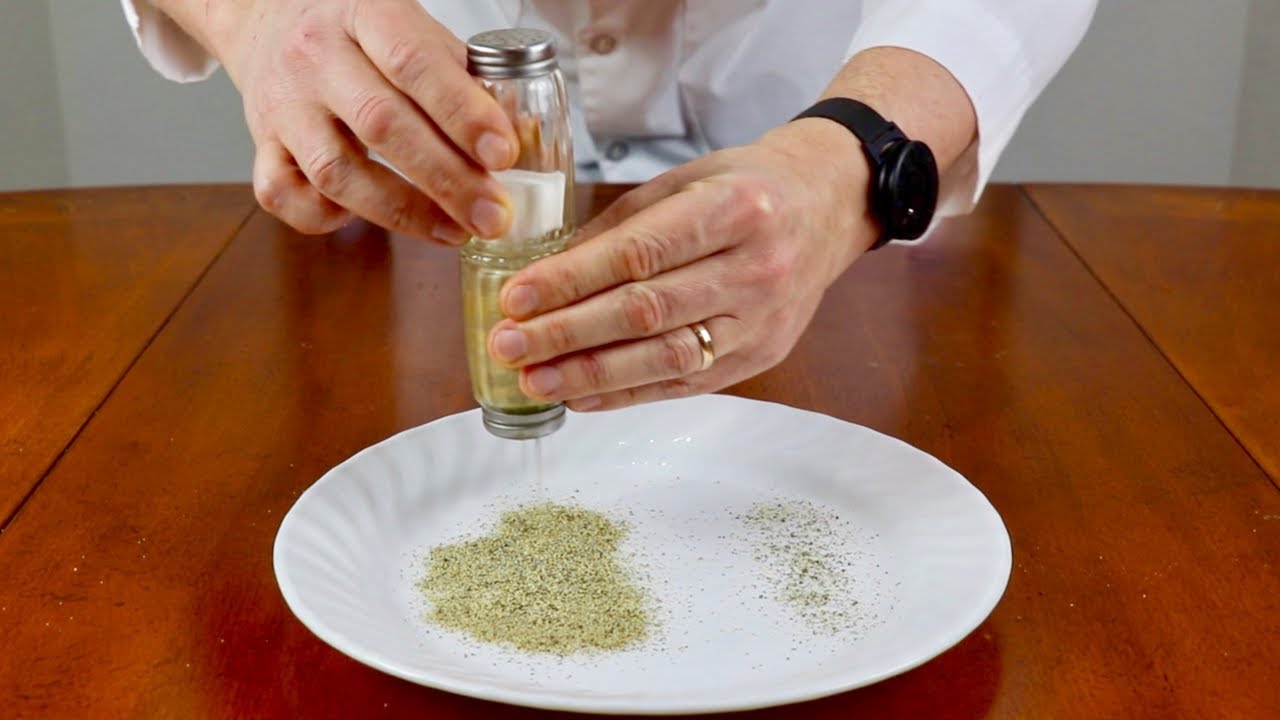

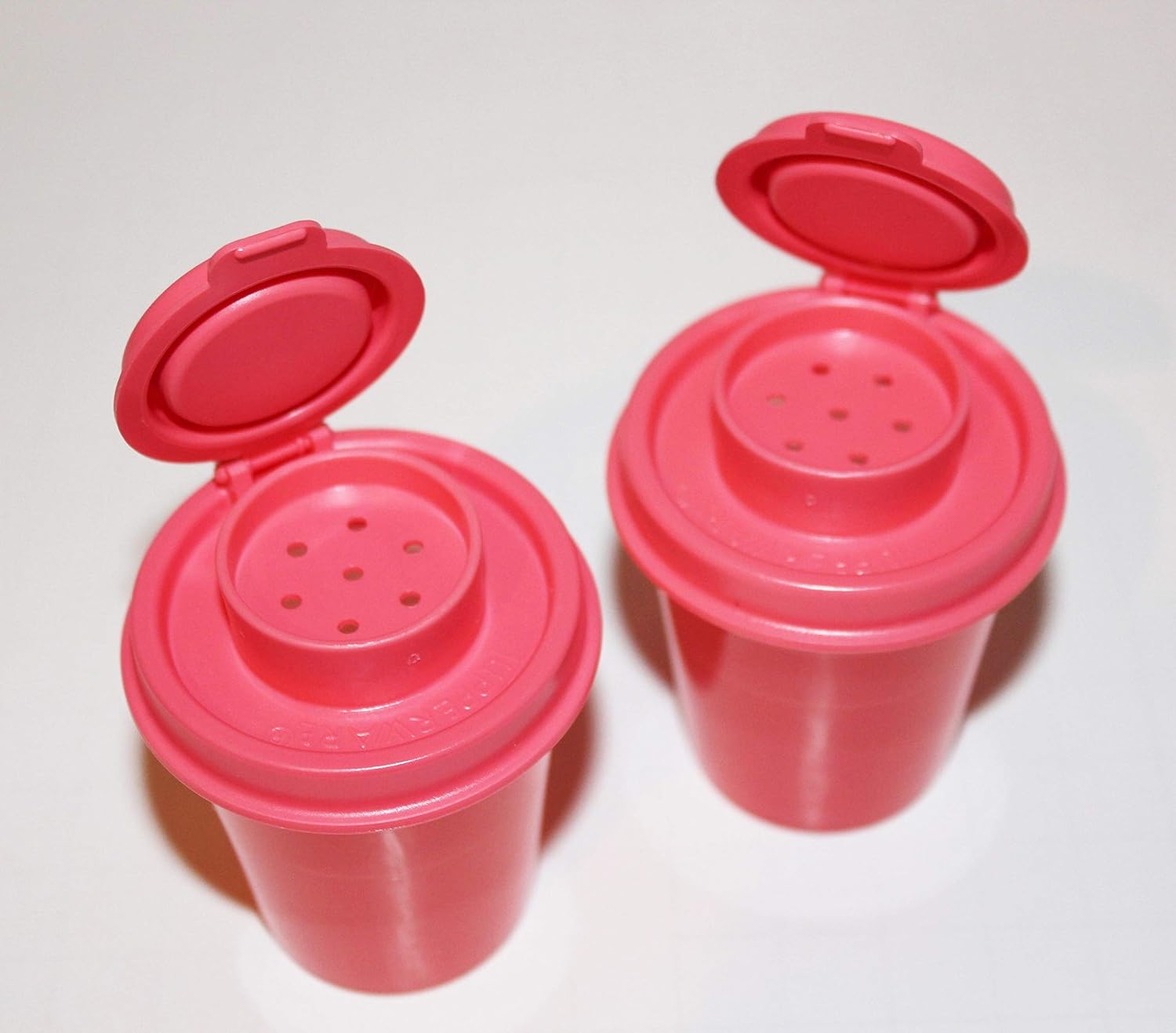

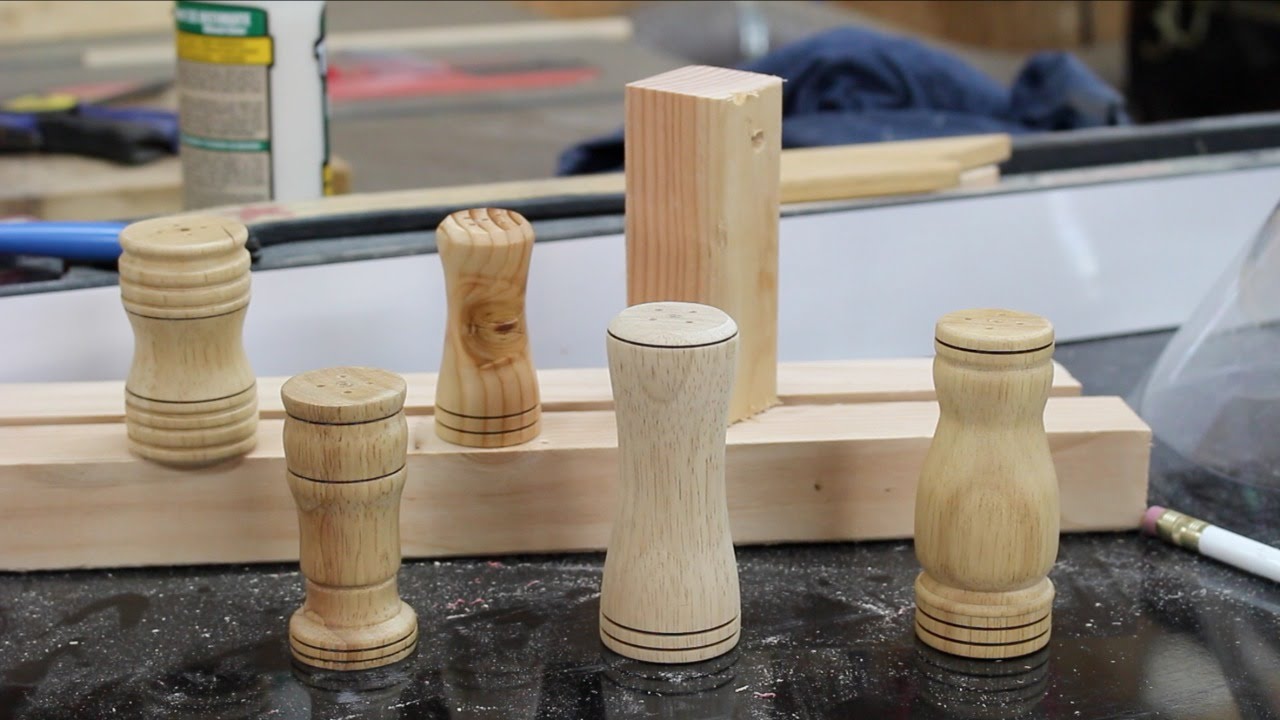
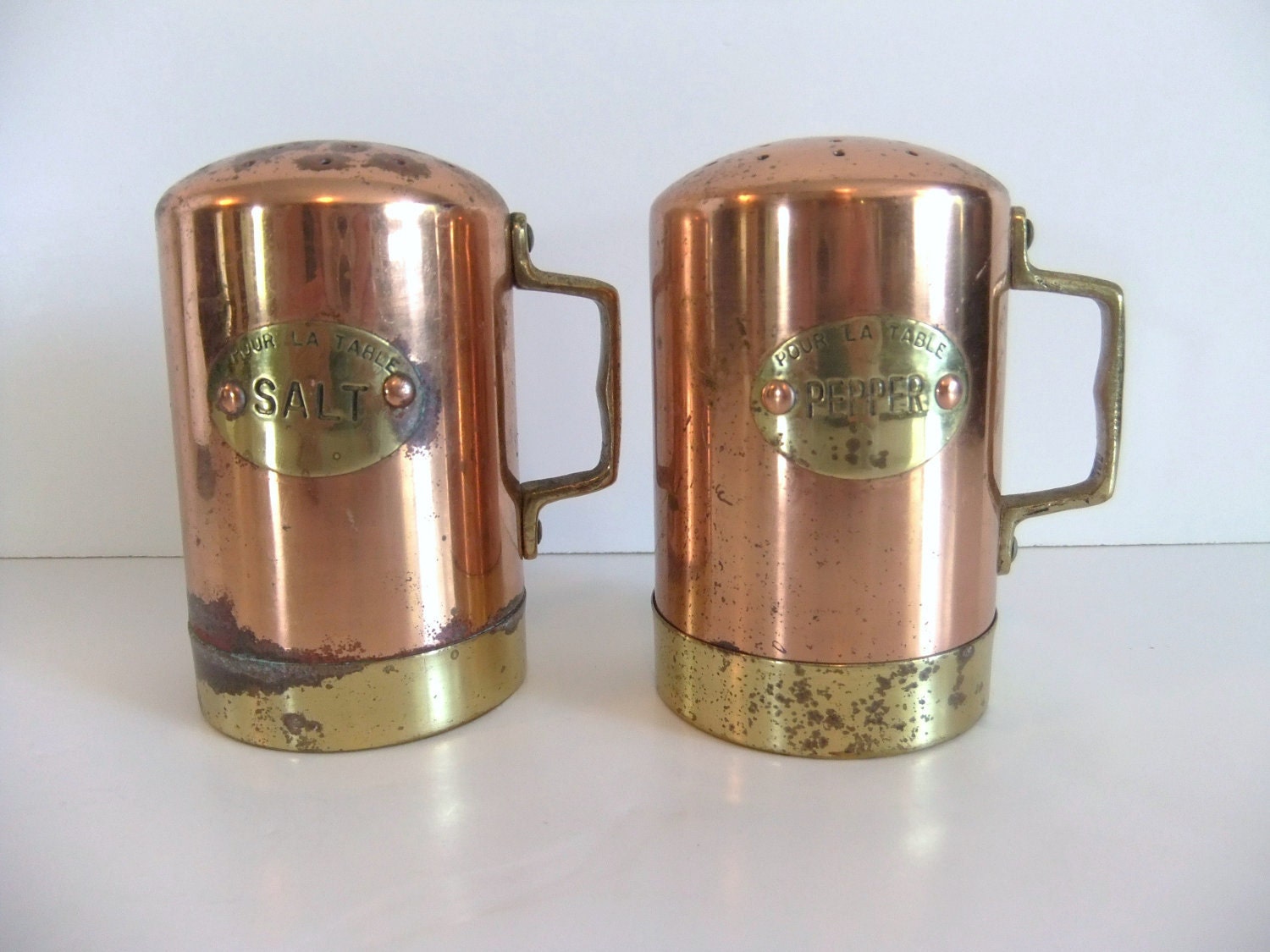
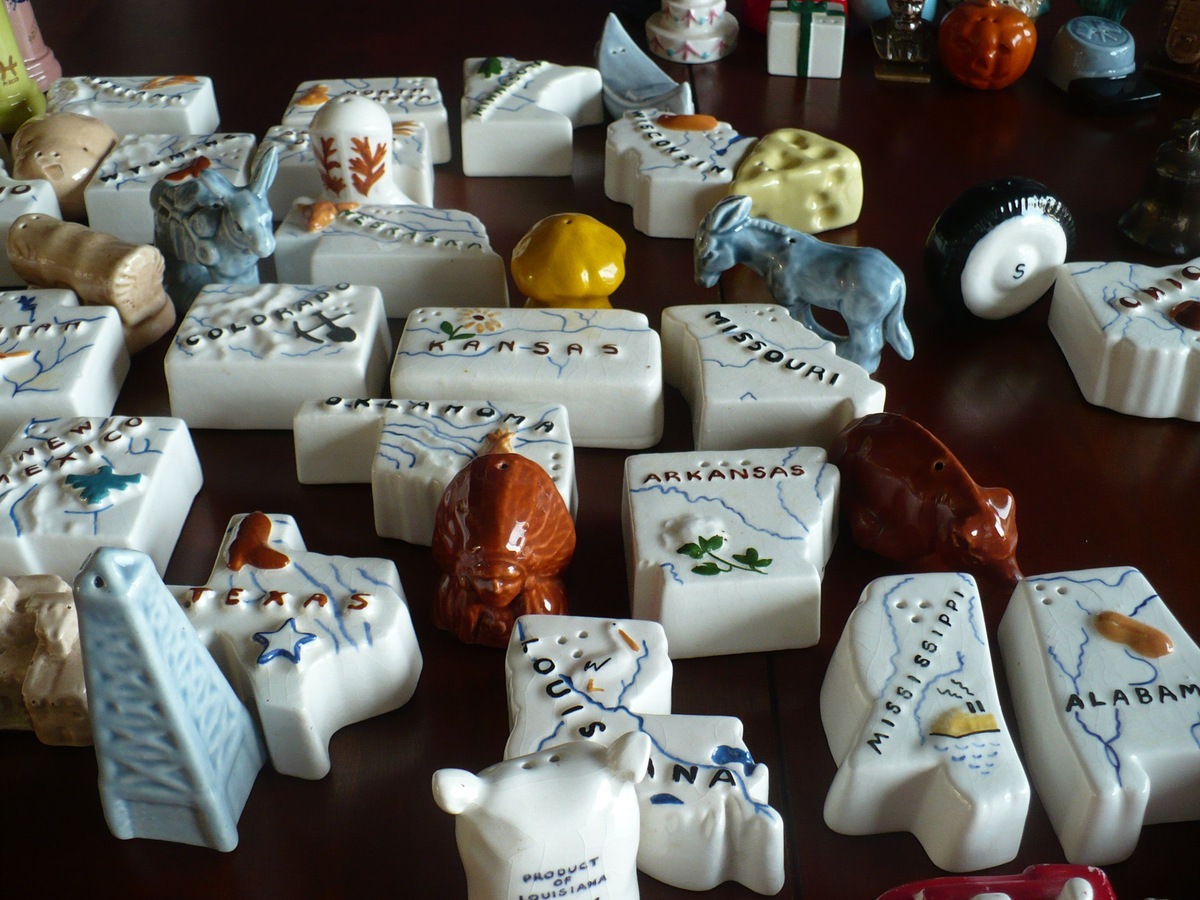
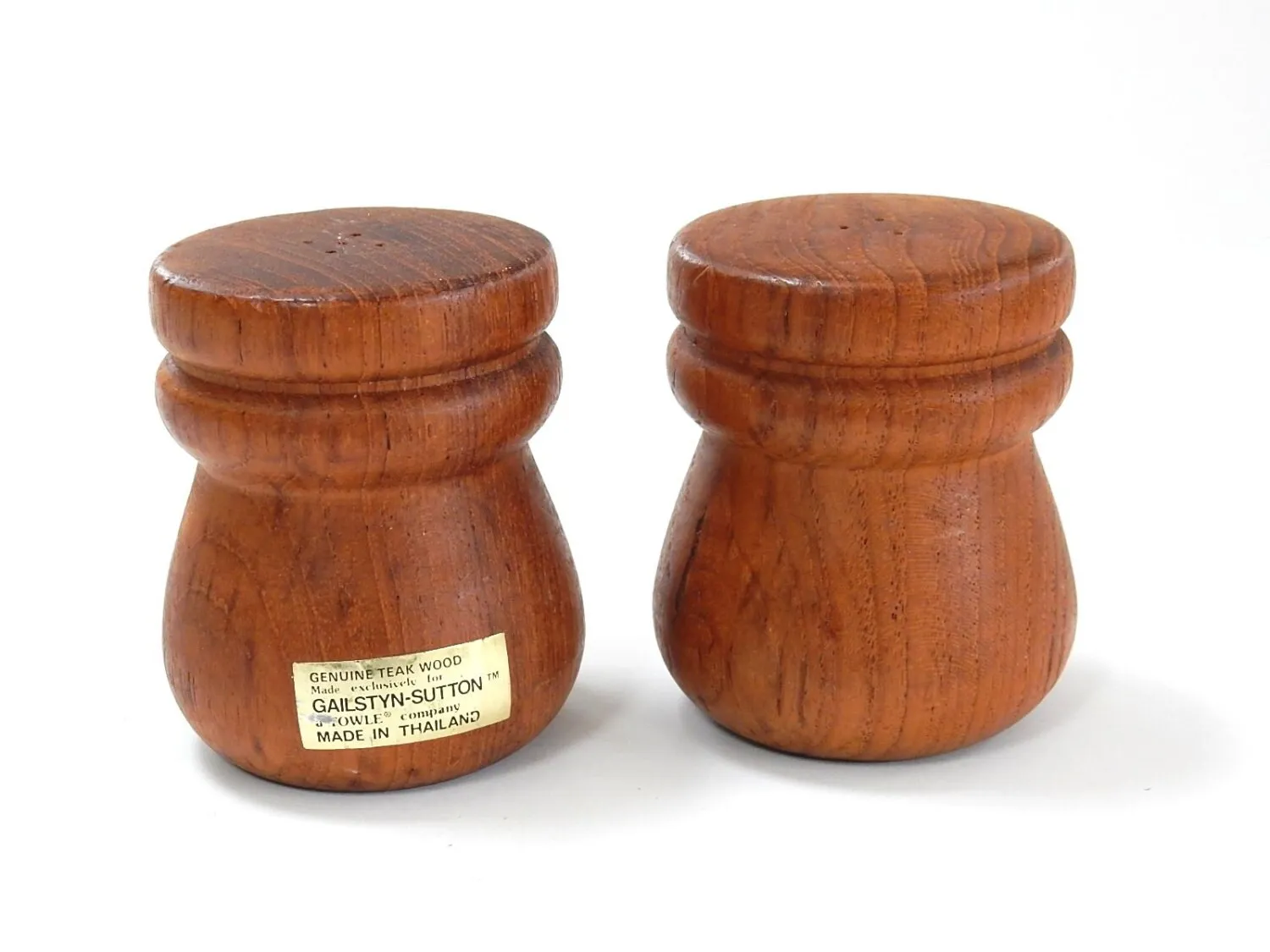
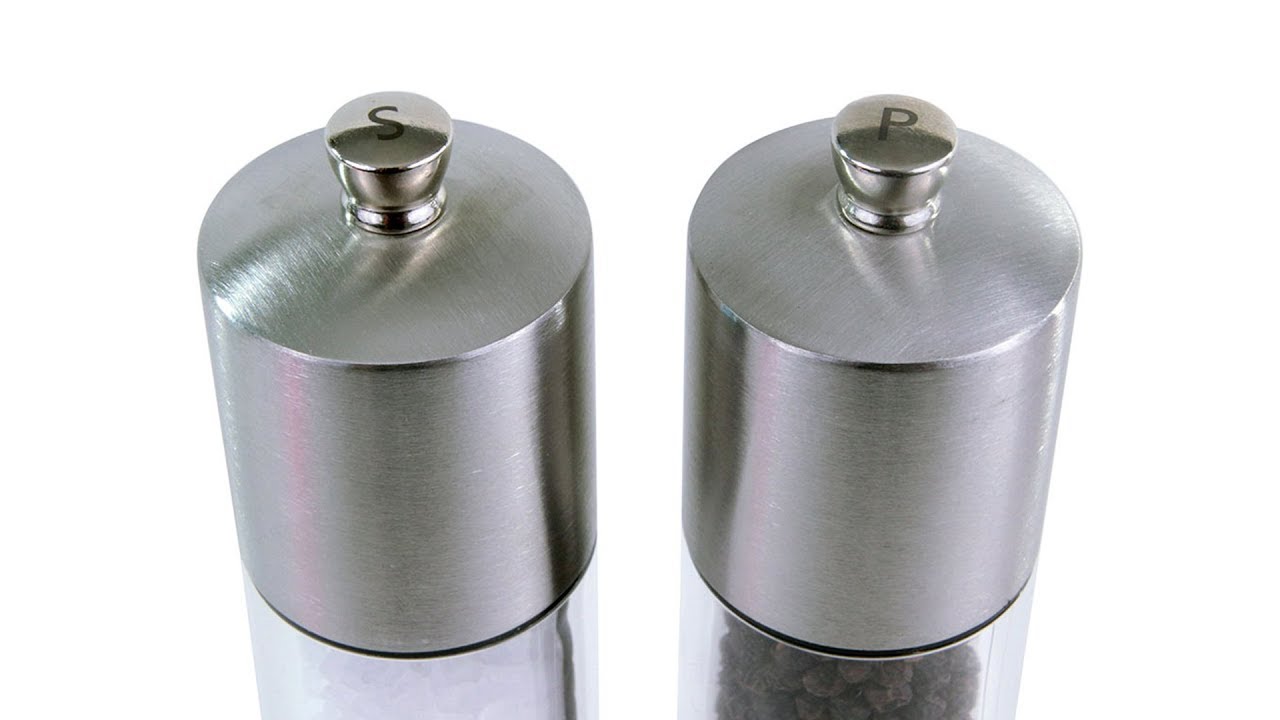
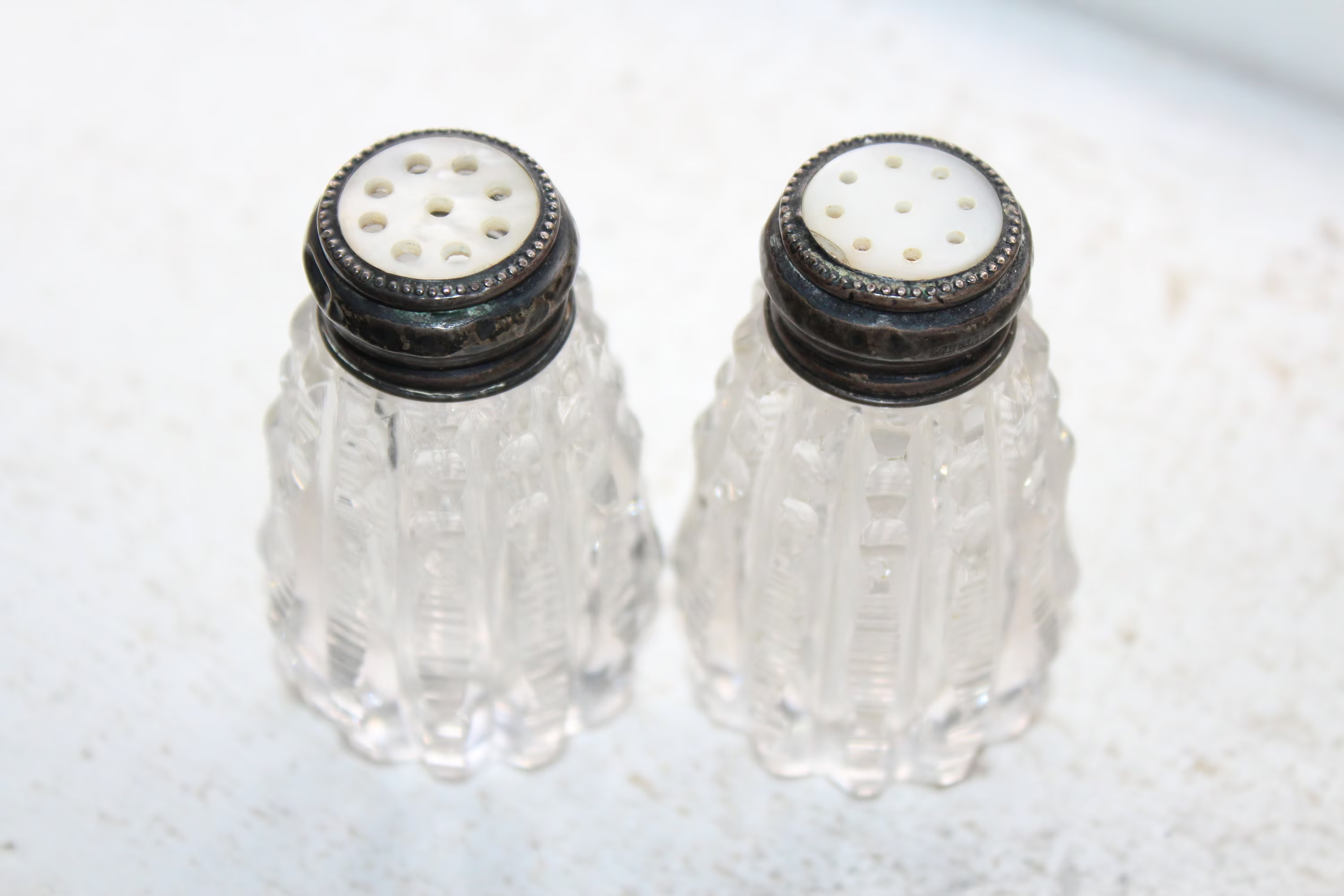

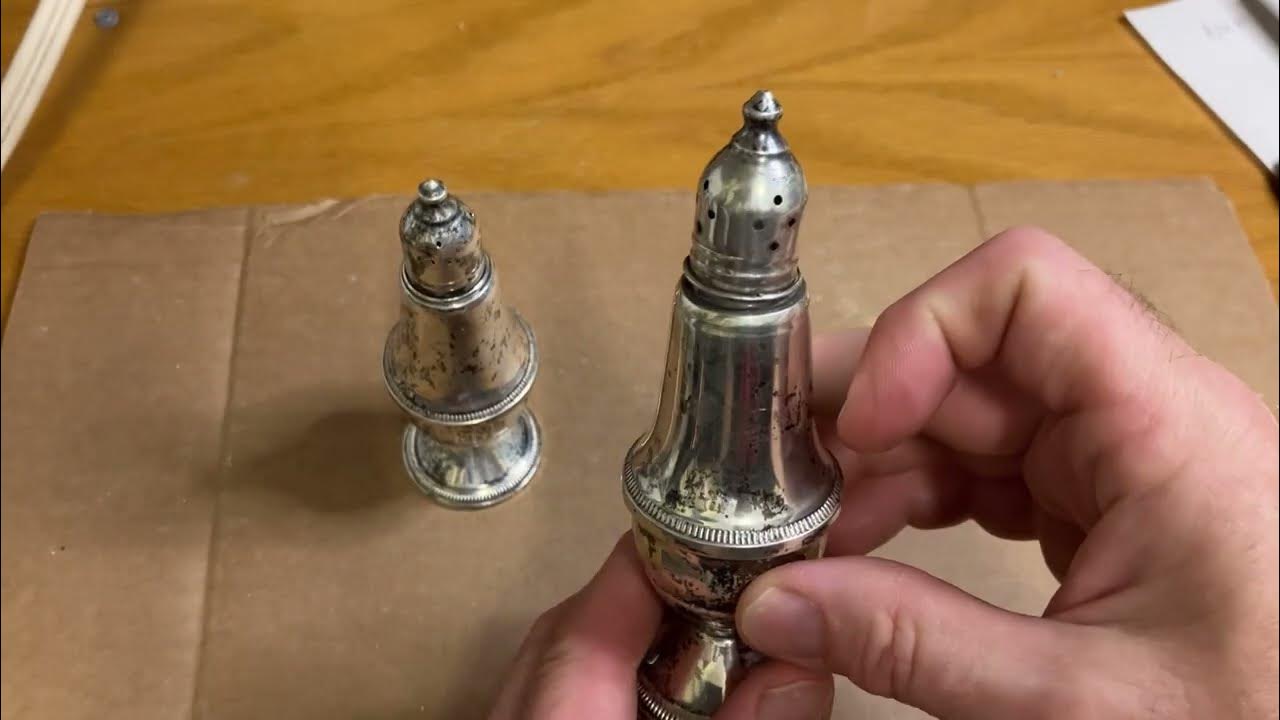
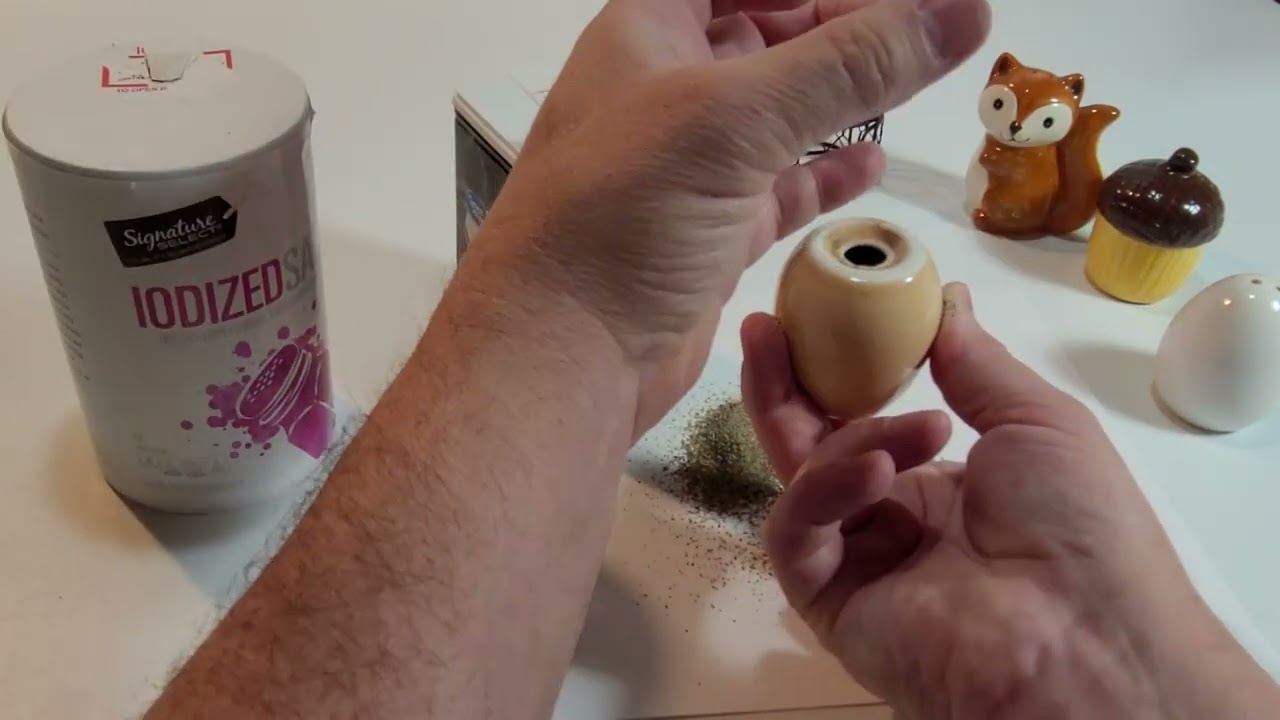

0 thoughts on “Salt And Pepper Shakers: Which Is Which?”